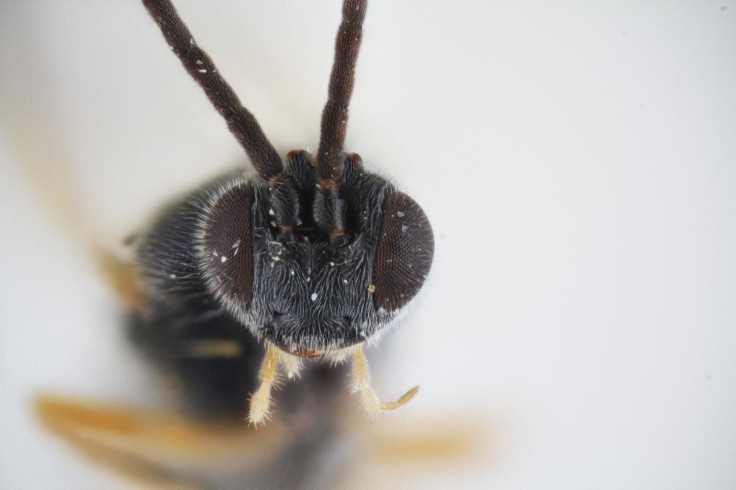Newly-Discovered Predator Wasps Feed On Other Creatures To Grow

Scientists have identified 32 new species of wasp, creatures that use scary predatory skills to survive and grow in different environments.
The new species, discovered in tropical regions around the globe, give birth to a baby wasp by laying their eggs inside of another insect. They inject the eggs into the host in question, and once that happens, the baby larvae start feeding on it like a true parasite.
It eats the living creature inside out and keeps growing bigger without giving a hint to the host that its internals is being consumed. With time, the baby larvae grow to the point of bursting out of the shrunken, weak insect. As this happens, the larvae turn into a mature adult and get on with its life, while the insect ends up being dead.
The slow-killing cycle continues as the adult wasp finds another target insect to lay its eggs. This is also why scientists refer to them as parasitoids – creatures that have to kill to complete their lifecycle.
Though parasitoid wasps have been identified in the past, the discovery of 32 different species indicates that there are many more of these creatures waiting to be discovered and described. The species were detailed in two separate papers and were given some interesting names.
For instance, one of the species gets the name “Qrocodiledundee outbackense” after the famous Australian action comedy Crocodile Dundee and another gets “Tobleronius orientalis” from famous chocolate brand Toblerone because a segment in the midsection of those wasps looked a lot like triangle pieces comprising the chocolate bars.
In the second paper, one of the newly-discovered species has been named "Dolichogenidea xenomorph” because of its similarities to the monster from the Alien movie franchise. According to the researchers behind the discovery, this species not just act as an alien parasite for its host but also appears black and shiny like the movie monster. “So xenomorph, meaning 'strange form', fits really well," lead author Erinn Fagan-Jeffries said in a statement.
The creature, thought to be widely spread across Australia, packs a long ovipositor or the needle-like structure which they use to inject the eggs into the host, which is a moth caterpillar for this one. "At less than 5mm in length, Dolichogenidea xenomorph might seem to lack the punch of its fearsome namesake,” Fagan-Jeffries added. “But size is relative; to a host caterpillar, it's an awesome predator.”
Other species detected in the work have been given more conventional names, solely inspired by their features or place of discovery. While these wasps regulate the populations of their hosts in their natural environment, scientists think many of these predators could even prove useful in controlling pests in the future.
This is why it is even more important to identify the undocumented parasitoid wasp species. The work can even help them make effective conservation decisions for our environment.
© Copyright IBTimes 2024. All rights reserved.




















